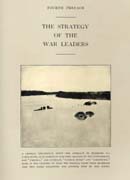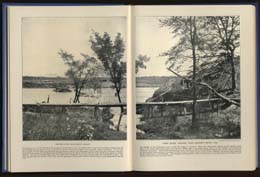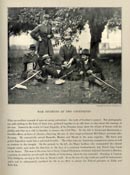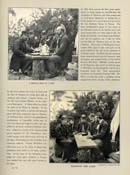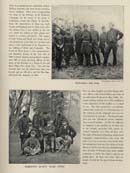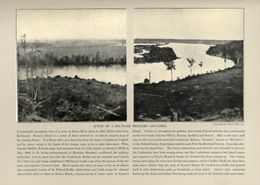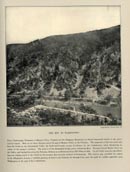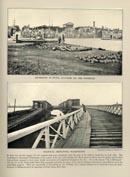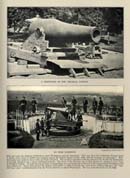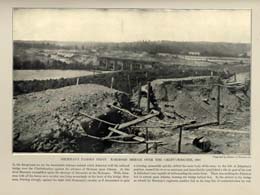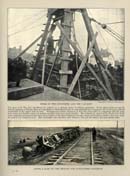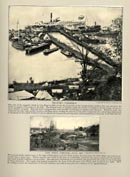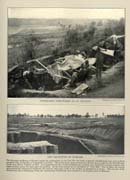Foreign Observers
![]()
This Site:
WATCHING THE WAR
There is no mistaking the nationality of these Military Attaches with their tartans and Dun-dreary whiskers. They were accompanying the Army of the Potomac on its Peninsula Campaign. In the center of the group of Englishmen stands the Prince de Joinville. From the observations of these men both France and England were to learn many military lessons from a new conflict on the soil over which the soldiers of both nations had fought in a former generation. The armies of both North and South were being moved and maintained in the field in a manner and upon a scale undreamed of by Napoleon, to say nothing of Howe and Cornwallis. The Count de Paris wrote a very comprehensive and impartial history of the war, and in 1890 revisited America and gathered together some 200 or more surviving officers of the Army of the Potomac at a dinner in the old Hotel Plaza, New York City. Not half the veterans that were his guests were alive in 1911.
YORKTOWN EIGHTY YEARS AFTER
Here are some English and other foreign military officers with General Barry and some of his staff before Yorktown in May, 1862. European military opinion was at first indifferent to the importance of the conflict as a school of war. The more progressive, nevertheless, realized that much was to be learned from it. The railroad and the telegraph were two untried elements in strategy. The ironclad gun-boat and ram introduced serious complications in naval warfare. At first the influence of Napoleon I was manifest in the field, but as the struggle proceeded both armies developed distinctly new ideas of their own. The sight of Sherman maintaining railroad and telegraphic communications with a base 138 miles away was a new one to the world, while his cutting loose from any base whatever in his March to the Sea was only less remarkable than Lee's invasion of Pennsylvania under similar conditions, to which was added a superior opposing force. In these and many other examples the war set the pace for later development.
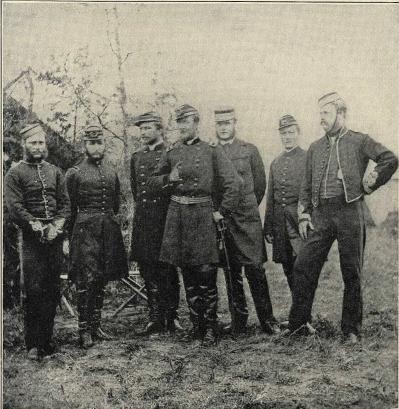
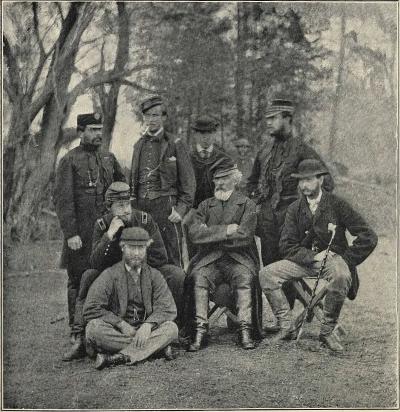
Return to Civil War Strategy[Click on Thumbnails Below for Detailed view and information of that Photograph] |
|||
|
|
|
|
|
![]()
|
Copyright © 2003-2018 Son of the South. Email us at: paul@sonofthesouth.net.
|
|
|
|
Are you Scared and Confused? Click Here to read My Snake Story, a story of hope and encouragement, to help you face your fears. |
||
